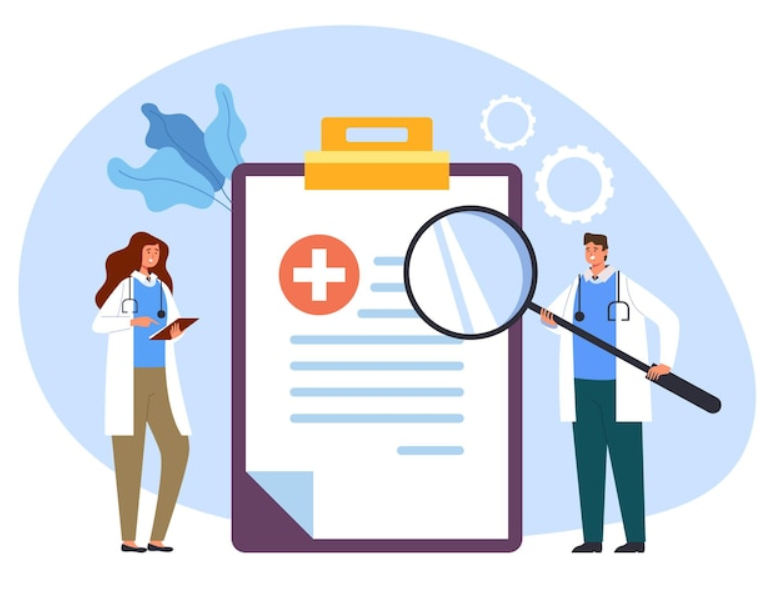Diagnosis
Idioventricular Rhythm is diagnosed through an electrocardiogram (ECG) or continuous cardiac monitoring. Characteristic features include a regular rhythm with wide QRS complexes and the absence of a preceding P wave or a dissociated P wave morphology.

